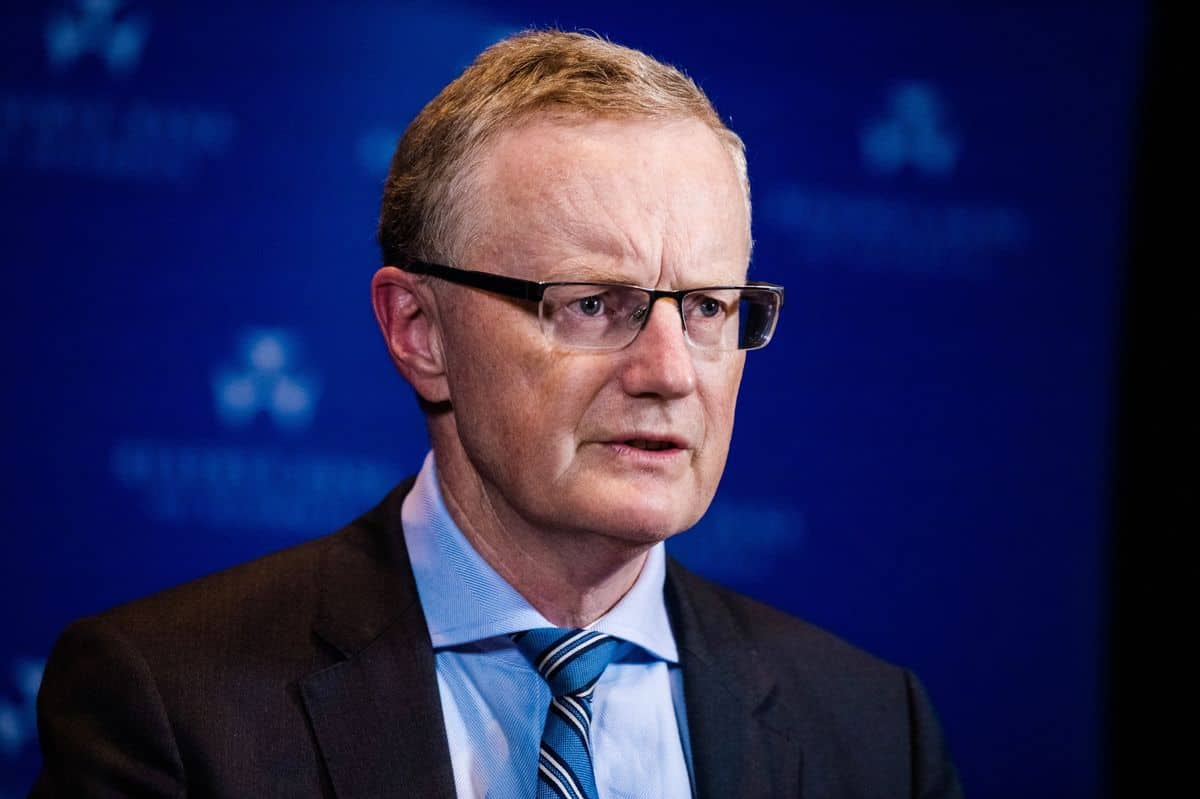Australia’s Central Bank: Digital Assets Issued by Private Firms Could be Better Than CBDCs
Philip Lowe – Governor of the Reserve Bank of Australia – believes cryptocurrencies issued by private companies could provide more benefits than central bank digital currencies (CBDCs), but only after regulations are implemented.
CBDCs Might Have a Better Alternative
Numerous central banks across the globe have been actively exploring a potential launch of a CBDC, which, according to the bankers, could develop the financial system and improve the payment network. China, Nigeria, Japan, and many more are among the countries with the most advanced efforts in the field.
Interestingly for a top central banker, Philip Lowe – Governor of the Reserve Bank of Australia – argued that digital tokens issued by private entities could have more use-cases than such released by central banking institutions. In his view, companies are well connected to the innovation sector, and thus, they better understand the emerging crypto industry.
“I tend to think that the private solution is going to be better – if we can get the regulatory arrangements right – because the private sector is better than the central bank at innovating and designing features for these tokens, and there are also likely to be very significant costs for the central bank setting up a digital token system.”
It is worth noting, though, that some private organizations in the digital asset sector have failed before, while assets issued by such companies have caused crucial losses to investors.
One example is Terra and the collapse of its algorithmic stablecoin UST and its native token LUNA. To provide maximum protection for consumers, financial products of that type should be strictly monitored by regulators, Lowe warned:
“If these tokens are going to be used widely by the community, they are going to need to be backed by the state or regulated just as we regulate bank deposits.”

Australia’s Approach to CBDC
While some countries prefer to test their digital currencies alone, last year, the Reserve Bank of Australia chose to join forces with the central banks of Singapore, Malaysia, and South Africa and conduct cross-border transactions using CBDCs.
The partners’ main goal was to determine whether the financial product could improve the settlement network established between the nations. Moreover, the central banks raised hopes that employing CBDCs could reduce the costs of such transactions and make them more accessible.
“The multi-CBDC shared platform … has the potential to leapfrog the legacy payment arrangements and serve as a foundation for a more efficient international settlement platform,” said Assistant Governor Fraziali Ismail – Executive at the Central Bank of Malaysia.
